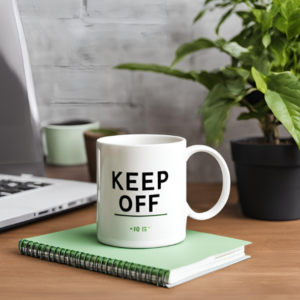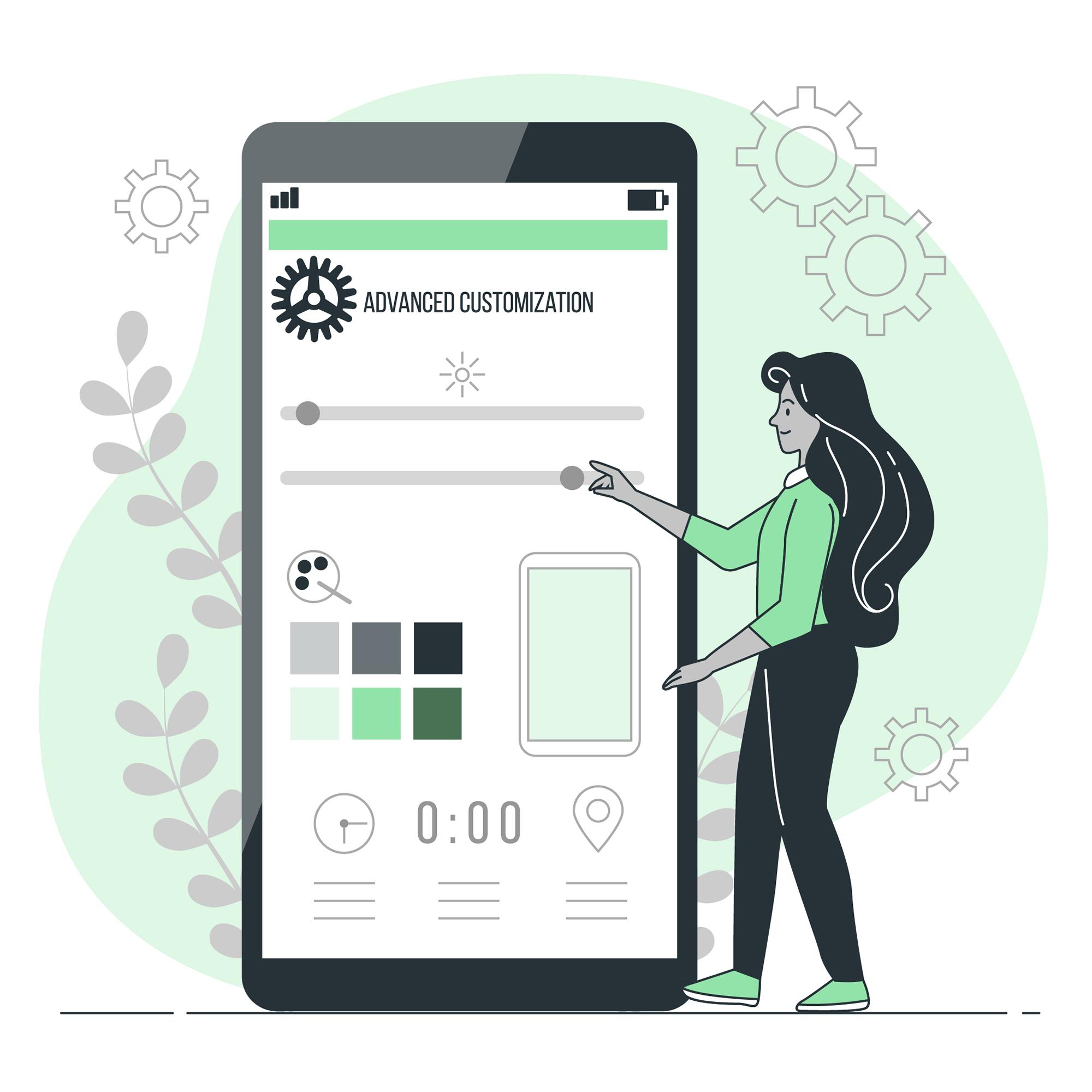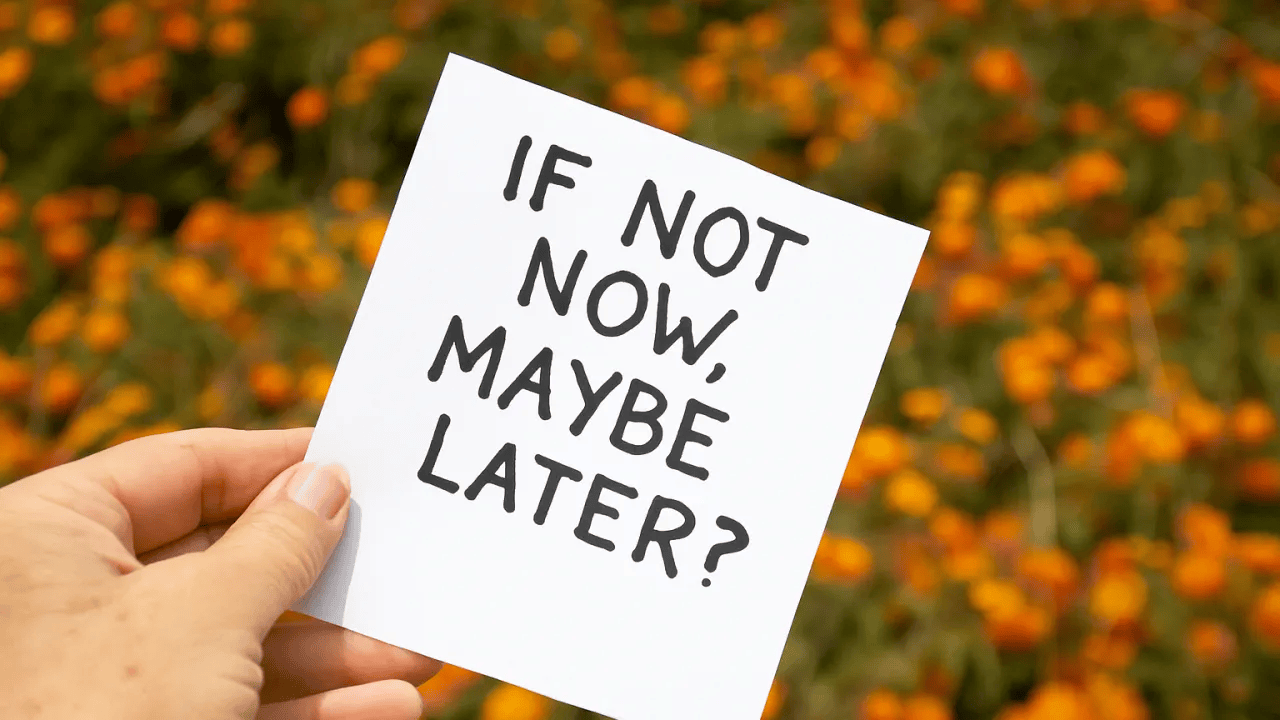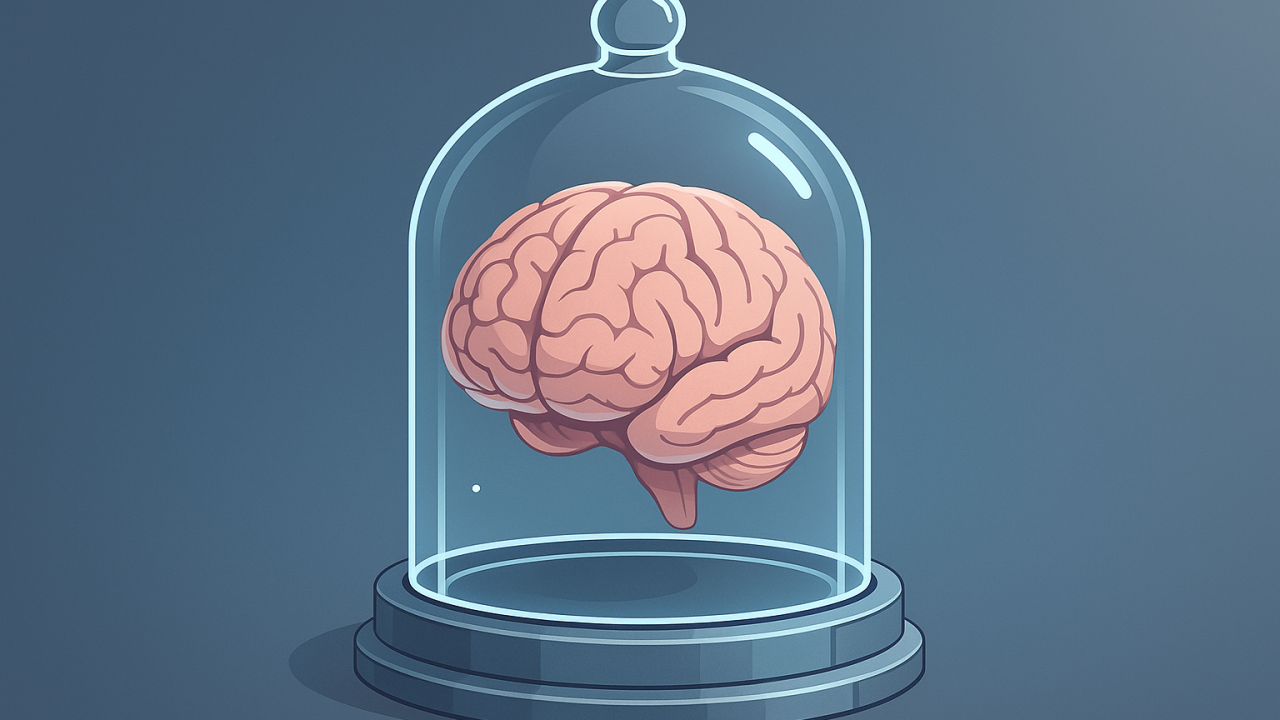Why is it that we feel so attached to things we’ve put effort into?
Imagine this for a second.
You spent hours curating a playlist, or a digital photo album, or even a game character you customised to perfection.
Now, someone asked you to give it up—or worse, start from scratch.
How would you feel?
Well, this exact thing happened to me recently.
I was designing something online, spent a good chunk of time perfecting it, and then … I hit a paywall when trying to download it.
I had to pay to download something I had already invested myself in.
Pay for a premium subscription or lose everything I’d just created?! No way.
The thought of starting over was tough.
It wasn’t just about the time I’d spent (that’s loss aversion, which I’ll cover in another article)—it was about the fact that I had customised it and made it MINE.
I’ve noticed that I felt more attached to the creation I customised, compared to other pre-made ones I could have chosen that I didn’t customise.
It felt almost like losing something personal.
When something reflects your effort and creativity, it becomes more than just a thing—it feels like a part of you, right?
Why is that?
Why do we feel such a strong connection to what we’ve made?
Is it just pride, or is there something deeper at play?
This phenomenon is the endowment effect—a cognitive bias that makes us value things more simply because we own or create them.
It’s why people feel attached to their creations, no matter how small or simple, and why letting go often feels like a loss.
What’s Inside: ⬇️
- The Dive Into the WHY
- The Role in UX Design
- How to Use the Endowment Effect in UX
💡By the way…
This article kicks off a series on UX psychology, where in the coming weeks we’ll explore the following concepts:
- Loss Aversion
- Zeigarnik Effect
- Goal Gradient Effect
- Choice Paradox
- Speak-Easy Effect
- Peak-End Rule
Subscribe and stay tuned, you don’t want to miss out. ✅
Now, back to today’s topic: ⬇️
✨The Dive Into the WHY
Studies have pinpointed “ownership” and “loss aversion” as the primary psychological factors driving the endowment effect.
This means that people tend to value things they own more highly than things they don’t, which is primarily influenced by the feeling of ownership and the tendency to fear losses more than equivalent gains (loss aversion).
Ownership establishes a connection between the individual and the item, making the possession feel like an extension of the self.
This bond enhances the perceived value of the item. (1)
💡 In their influential 1990 study, Kahneman, Knetsch, and Thaler explored how ownership affects people’s perceptions of value in a market context.
Through a series of experiments, they looked at how people viewed items they possessed compared to those they didn’t.
One key experiment involved giving participants a mug and then offering them the chance to either sell it or trade it for something of equal value, like pens.
The results revealed an interesting pattern: participants who owned the mug placed a much higher price on selling it than they would have been willing to pay to acquire one, effectively demonstrating the endowment effect—where people tend to overvalue things they own simply because they own them. (2)

💡 This idea was further examined in a study by IKEA, which has since become known as the “IKEA effect”.
In the experiment, participants were divided into two groups: one that assembled a basic IKEA storage box and one that received the box already fully assembled.
Afterward, the researchers asked both groups how much they would be willing to pay for the product and to rate how much they liked the box.
The results showed that participants who assembled the box themselves not only liked it more but were also willing to pay a higher price for it compared to those who did not build it. (3)
When we put effort into creating something ourselves, we often overvalue it simply because of the personal investment we’ve made.
We could speculate that, from an evolutionary standpoint, humans have developed a tendency to value things they’ve worked for because it signals a return on investment.
In ancestral times, items created with personal effort were more likely to be useful and vital for survival, developing a psychological bias toward valuing self-made objects more highly.
“…we are strongly motivated by the need for recognition, a sense of accomplishment, and feeling of creation[…]The lesson here is that a little sweat equity pays us back in meaning — and that is a high return.!”(4)
✨The Role in UX Design
Why Does the Endowment Effect Matter in UX?
Understanding the endowment effect can help us create products that feel personal, engaging, and hard to leave.
Here’s why it matters:
- It Drives Engagement
Users are more likely to interact with products they feel connected to.
- It Boosts Retention
People are reluctant to abandon things they’ve invested effort into.
- It Encourages Conversions
Users are more willing to pay for something that feels uniquely theirs.

✨How to Use the Endowment Effect in UX
1️⃣ Start With Early Customisation
Give users opportunities to personalise something from the beginning.
💡 Example: Duolingo asks users to set goals and select their daily learning path, creating a sense of ownership right away.
2️⃣ Highlight User Creations
Showcasing what users have built reinforces their emotional connection.
💡 Example: Spotify prominently displays users’ playlists on their profiles, emphasising their unique contributions.
3️⃣ Encourage Interactions
The more effort users put in, the more connected they feel. But make sure the effort is rewarding, not frustrating.
💡 Example: Canva lets users customise templates extensively, increasing their attachment to the final design.
4️⃣ Use Paywalls Strategically
Tie premium features to user-created content. When users have invested effort, they’re more likely to pay to keep it.
💡 Example: Venngage’s paywall works because users don’t want to lose the personalised designs they’ve worked on.
5️⃣ Offer Free Trials
Give users a taste of premium features for free, so they can experience the full potential of the product.
The more they use it, the more invested they become.
Once they’ve customised their experience or created something valuable, they’re less likely to give it up when the trial ends.
💡 Example: Adobe offers free trials of their design tools like Photoshop and Illustrator.
Once users have created something, they’re more likely to subscribe to keep their projects.
“…having accepted an offer for an initial free trial period for a digital product, users might consider the product as something they “own.” Consequently, they might be more willing to pay a fair price for continuing to “own” it. (Interaction Design Foundation)
6️⃣ Incorporate Gamification Elements
Progress trackers, personalised avatars, or reward badges make users feel invested in their journey.
Encourage users to earn or customise features that feel uniquely theirs, building a sense of personal investment and pride over time.
💡 Example: Fitbit uses badges and streaks to reward users for their activity, making them more committed to achieving fitness goals.
The endowment effect lies at the core of how we interact with products, platforms, and designs.
It emphasises the feeling of ownership, making users feel like they’re not just passive participants, but creators in their own experience.
We hold the power to cultivate that attachment, to shape experiences that give users a sense of control and personal investment.
You don’t have to make everything customisable, sometimes it’s the small details that make all the difference.
A personalised recommendation, a profile pic you can upload, a dashboard you can tweak to your liking—all of these tap into the endowment effect.
The more users feel their design, their content, their choices matter, the more invested they become.
What can you do to make users feel like their time, effort, and creativity have contributed to something uniquely theirs?
That’s how you build loyalty.
That’s how you create memorable experiences.
If we can understand this simple yet powerful effect, we can not only improve user experiences but also boost retention, conversions, satisfaction and reduce churn.
So, think about your designs.
Are you giving users the chance to make something theirs?
Let me know your thoughts below!
This space thrives because of YOU. ❤️
If the resources I share help you grow in your career, a small contribution from you could keep this community strong.
Together, we’re building a space to learn, grow, and support each other on this design journey.
Every bit helps, and by supporting me, you’re directly helping keep this space alive and growing.
Or simply scan this QR code ⬇️

Your support means a lot!
You might also like:
Sources:
- The Endowment Effect by The Decision Lab
- Kahneman, D., Knetsch, J., & Thaler, R. (1990). Experimental Tests of the Endowment Effect and the Coase Theorem. Journal of Political Economy, 98(6), 1325-1348.
- The IKEA effect: When labor leads to love by ResearchGate
- Why we’re so attached to our own creations — even when they’re ugly by Dan Ariely/ ideas.ted.com (TED)
- Endowment Effect by Interaction Design Foundation
Share this article:




